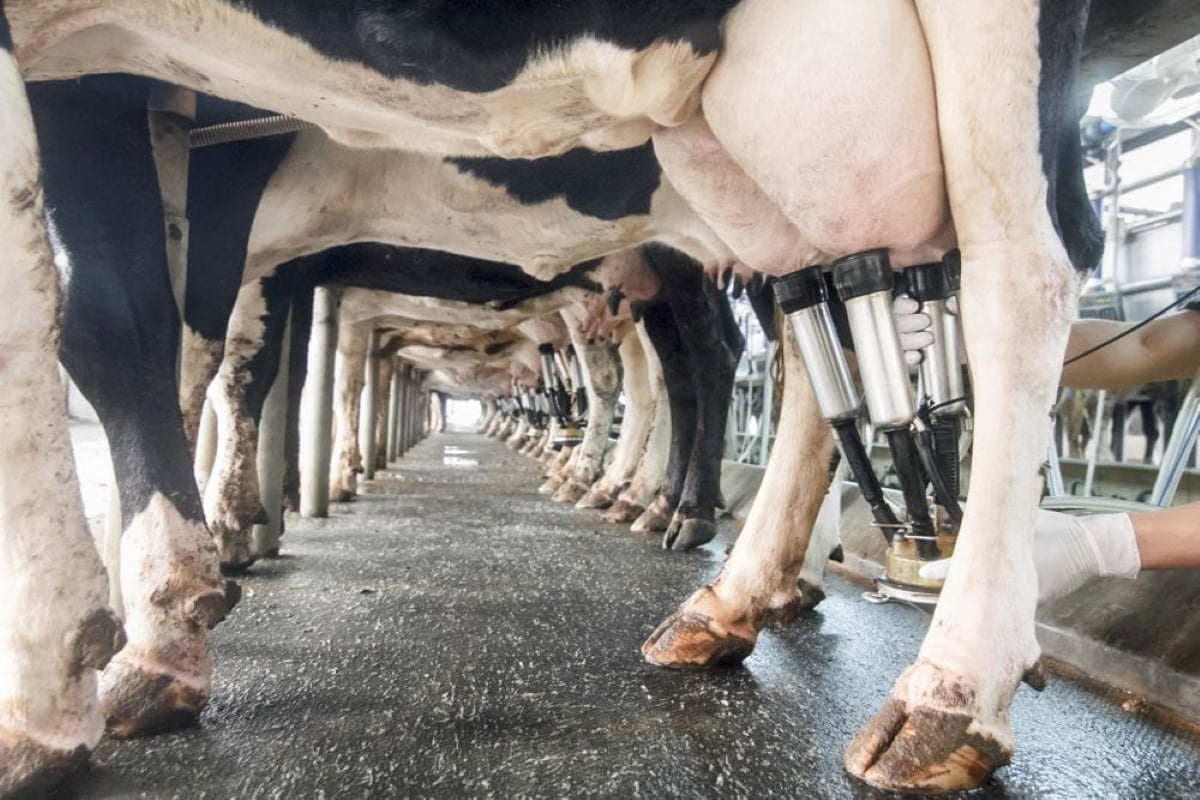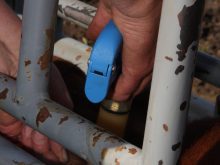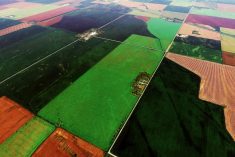Atlantic Canada’s net agricultural emissions have fallen slightly between 1990 and 2021 as livestock numbers decreased and reliance on fuel oil declined, a new report says.
Those gains were partially offset by increasing emissions from diesel fuel, nitrogen fertilizer and land-use changes.
In a report released this week, the National Farmers Union (NFU) quantified agricultural emissions from New Brunswick, Nova Scotia, Prince Edward Island, Newfoundland and Labrador.
The research compiles many data sources, including national inventory reports (NIRs), and Environment and Climate Change Canada data.
Read Also

Nestle quits global alliance on reducing dairy methane emissions
Food group Nestle said on Wednesday it had withdrawn from a global alliance for cutting methane emissions that aims to reduce the impact of dairy farming on global warming.
Without accounting for carbon sequestration or desequestration, the report estimates that emissions from agriculture fell to 1.5 million tonnes in 2021 from 1.8 million tonnes in 1990–a 17 per cent reduction.
The largest source of emissions continues to be cattle. Enteric methane from beef and dairy cattle, along with manure management, accounted for 0.52 million tonnes of carbon dioxide equivalent in 2021. This total has steadily decreased since 1990 as the cattle numbers declined. Efficiency gains have also decreased emissions, the report noted.
The NFU added that it’s difficult to draw a boundary line between emission that are and are not from livestock, as significant emissions come from production of feed grains.
Emissions from farm fuels decreased slightly to 0.21 million tonnes of carbon dioxide equivalent in 2021 from 0.29 million tonnes in 1990. This includes diesel and gasoline use, fuel oil, natural gas, propane, and emissions from fossil-fuel-fired electricity generation.
Between 1990 and 2021, the composition of fuel use changed significantly. Fuel oil accounted for about three-quarters of farm fuel emissions in 1990. In 2021, they made up under a third of emissions. Meanwhile, emissions from diesel fuel went from about a quarter of fuel emissions to about two-thirds.
Emissions from nitrogen fertilizer, including fertilizer production, also increased by almost 60 per cent in from 1990 to 2021.
The report also examined carbon sequestration since 1990. This included changes in woody biomass (e.g. removal of trees, shelterbelts), land conversion to cropland, crop residue carbon input, and others.
It concluded that each year since 1990, Atlantic agricultural soils have experienced a net loss of soil carbon. Desequestration seems to be increasing, the NFU noted, with the most significant factor being conversion of land–mainly forest–to cropland. Smaller areas of perennial crops are also behind the change.
Meanwhile, manure application has been the most steady source of carbon addition to soils, the report said. As livestock numbers waned, so did sequestration from manure.
The NFU acknowledged that work needs to be done to reduce uncertainty in emissions numbers. However, it said there is enough data to move forward of agriculture emissions reduction.














